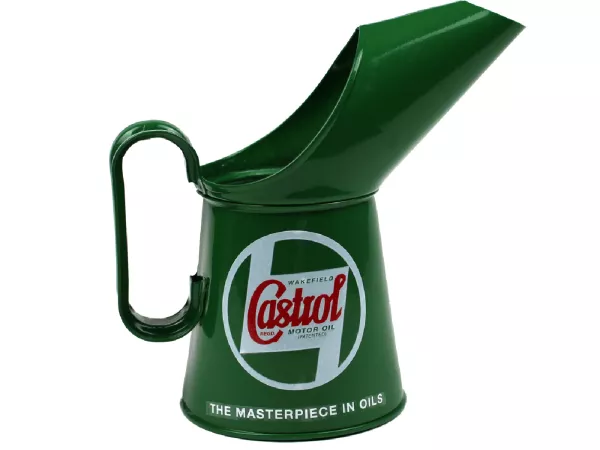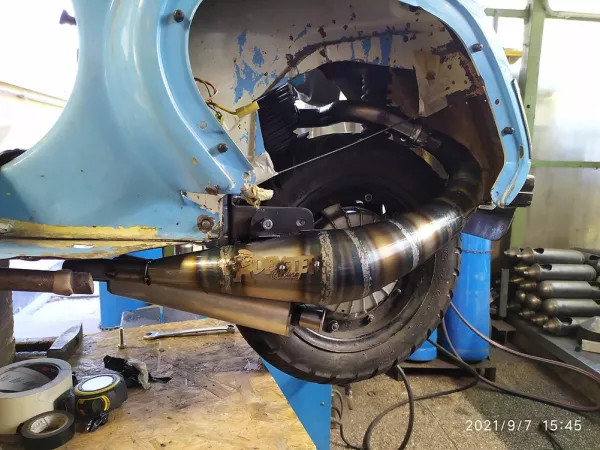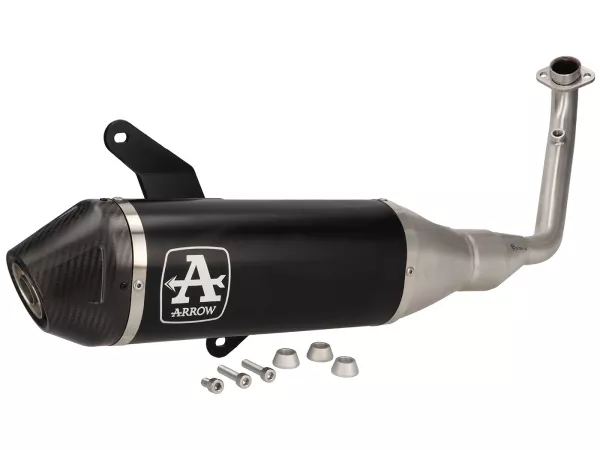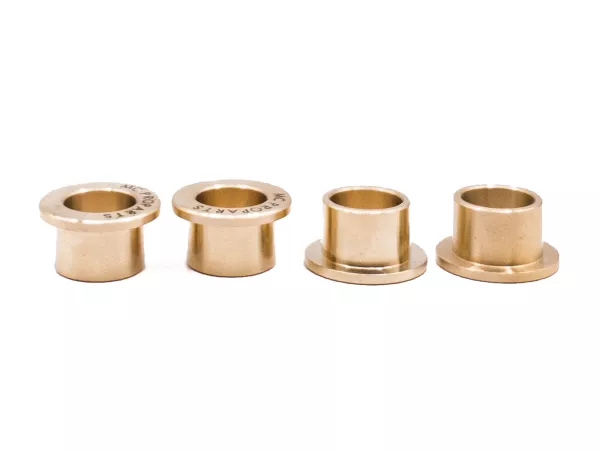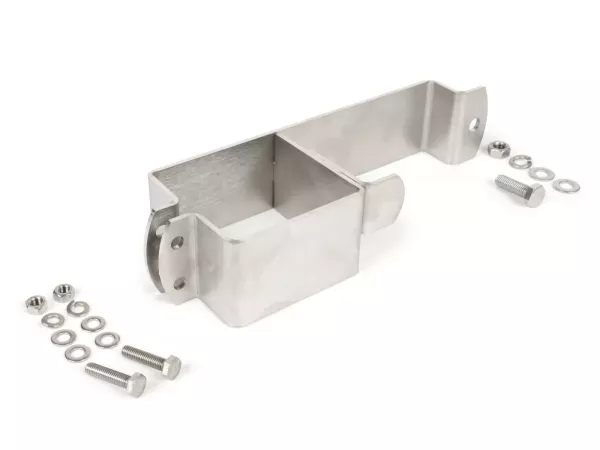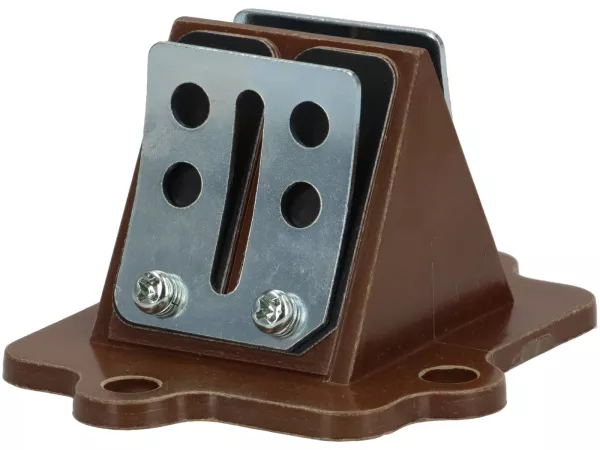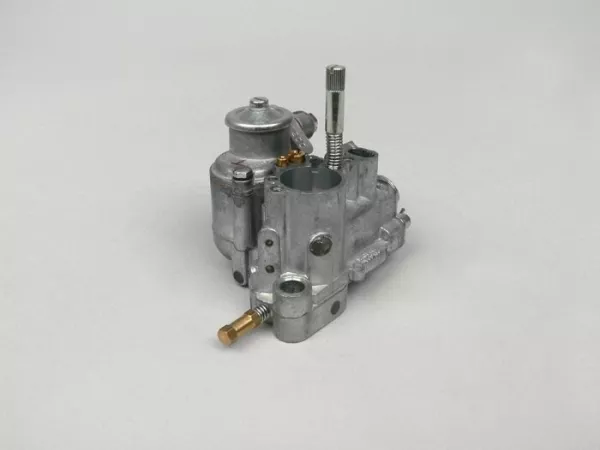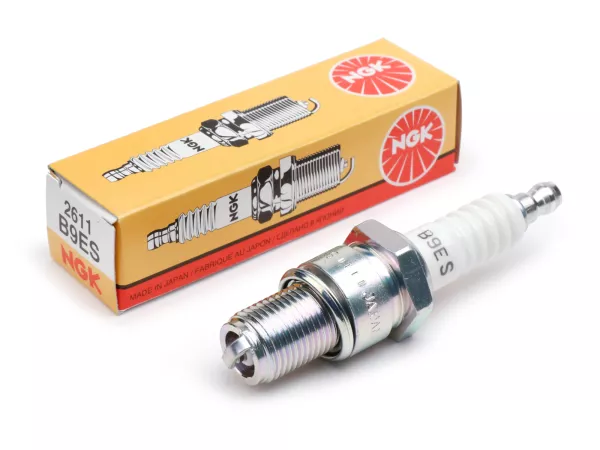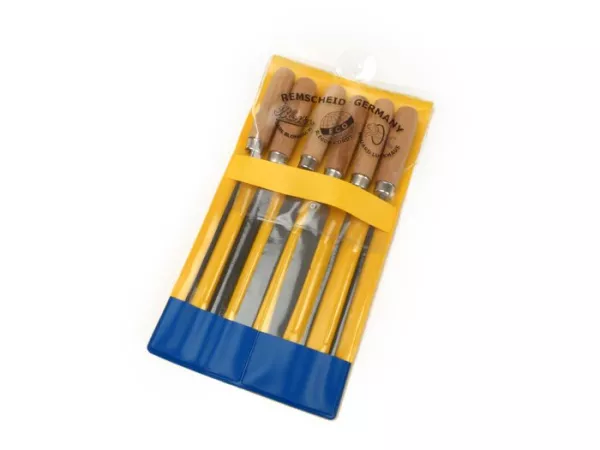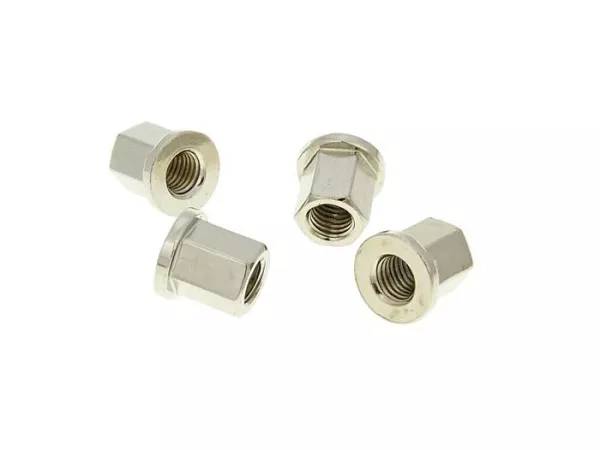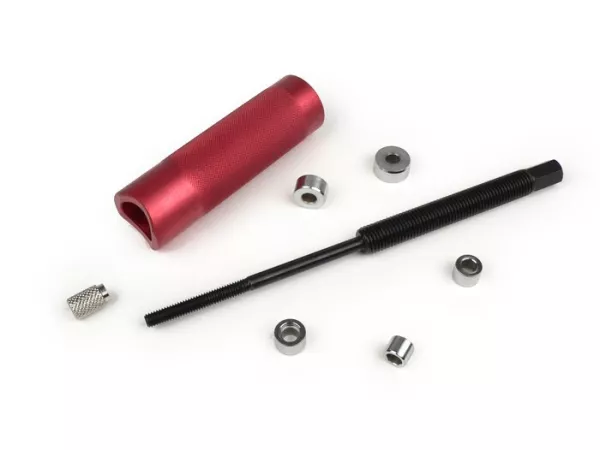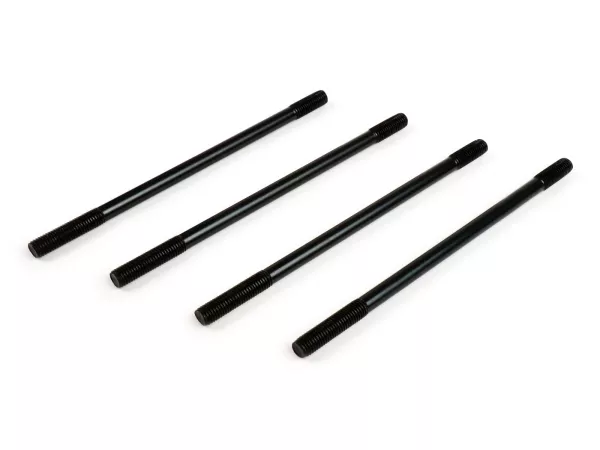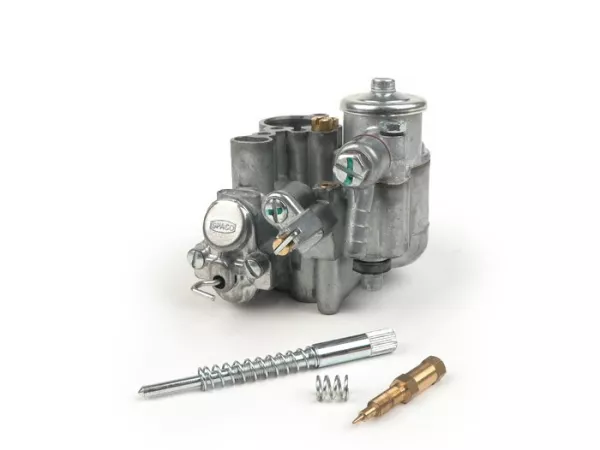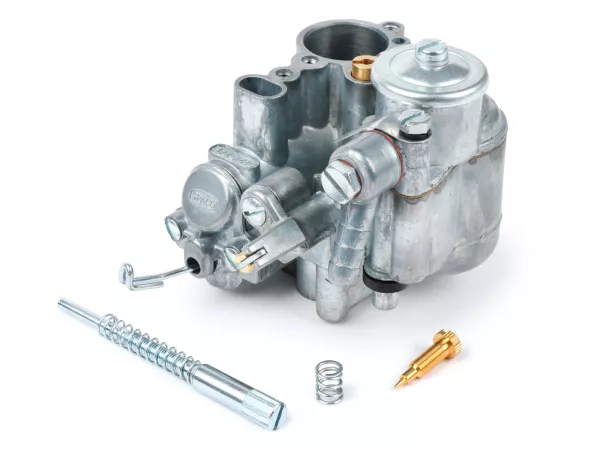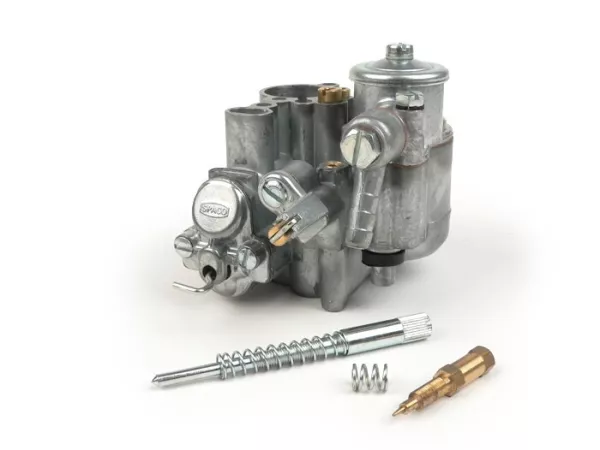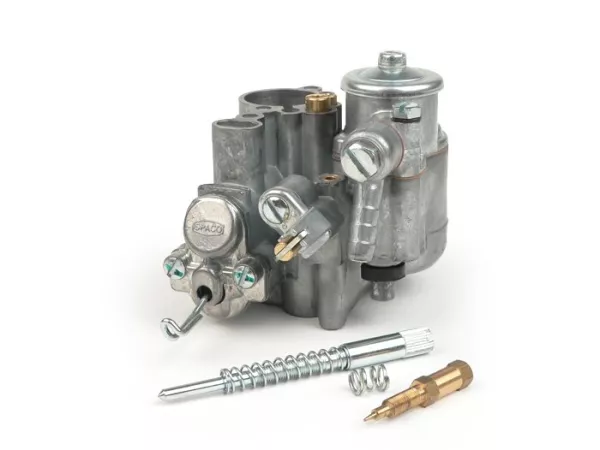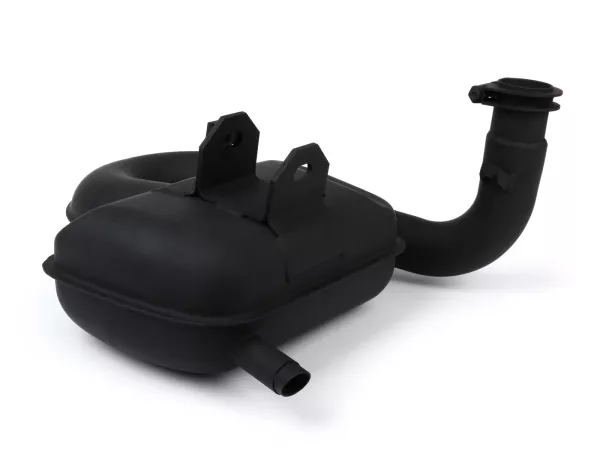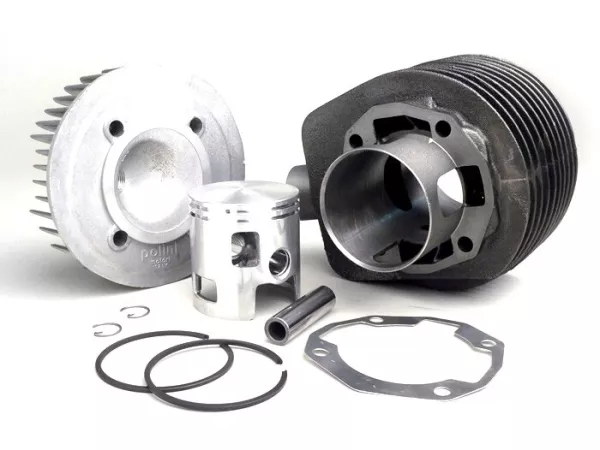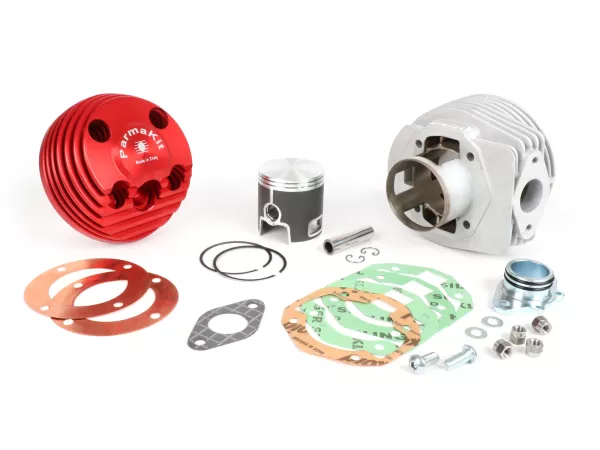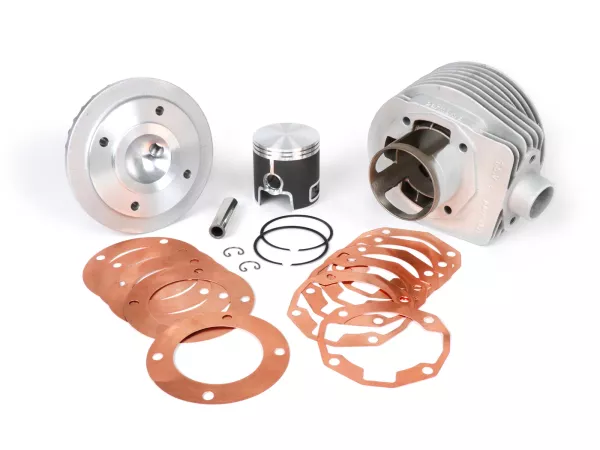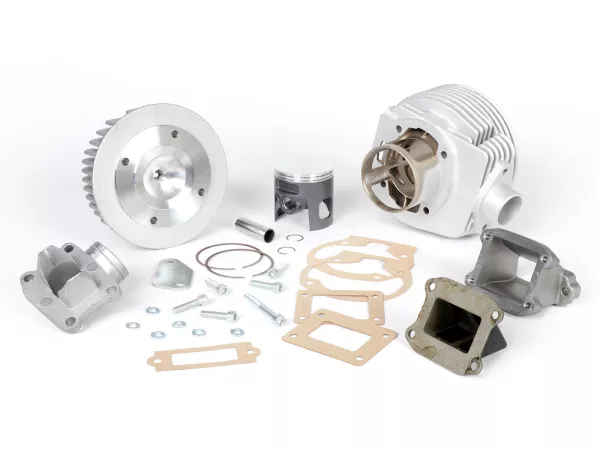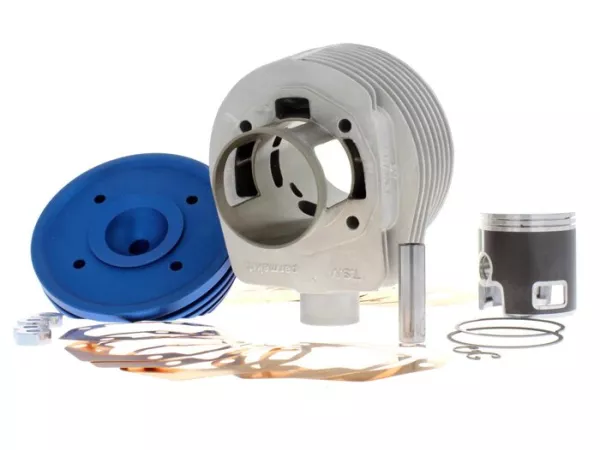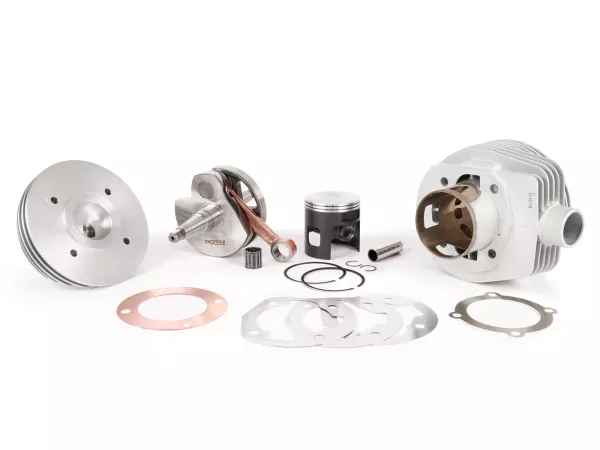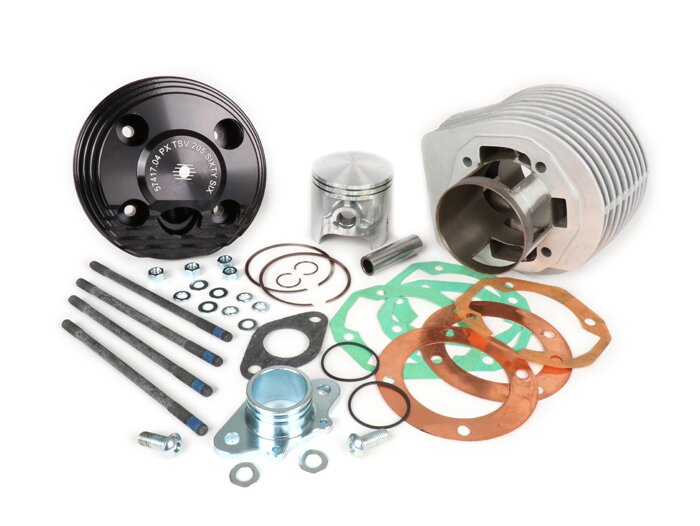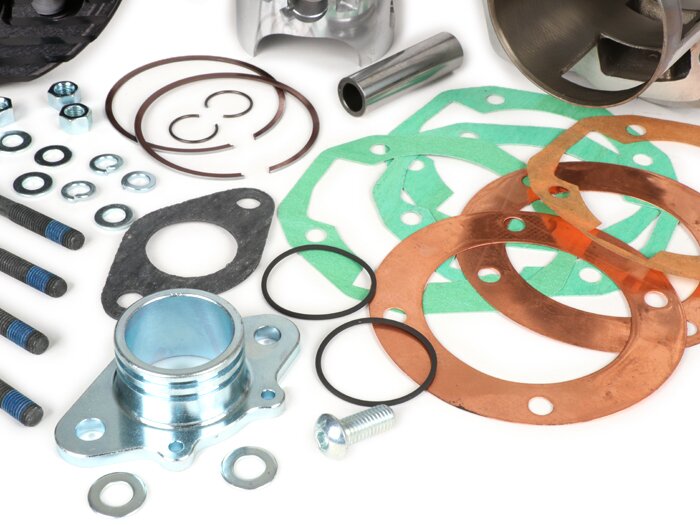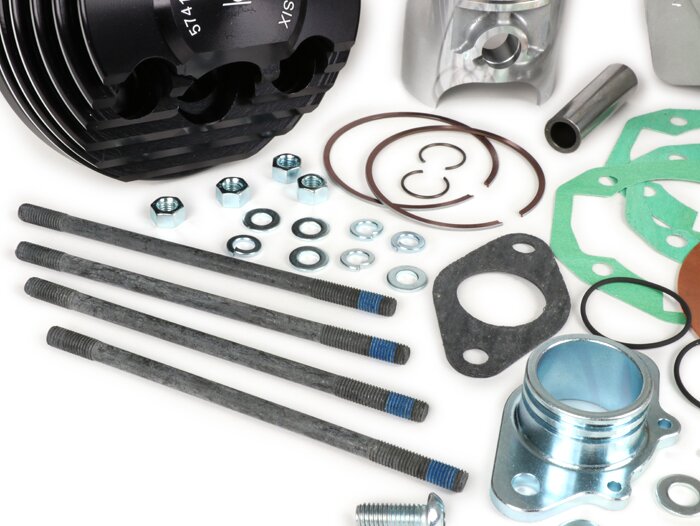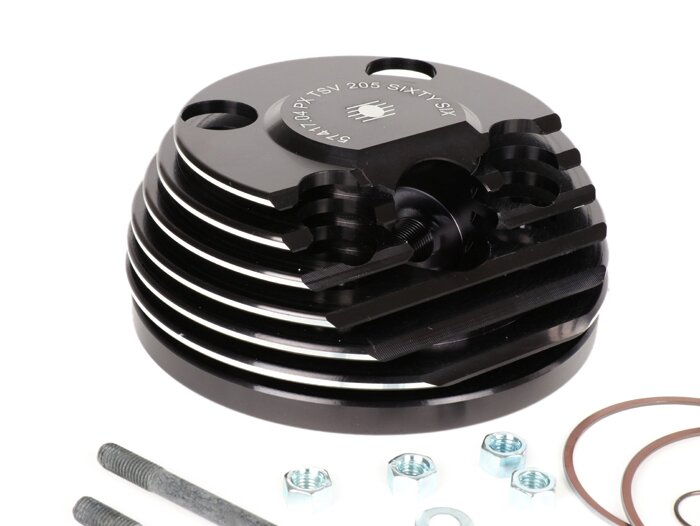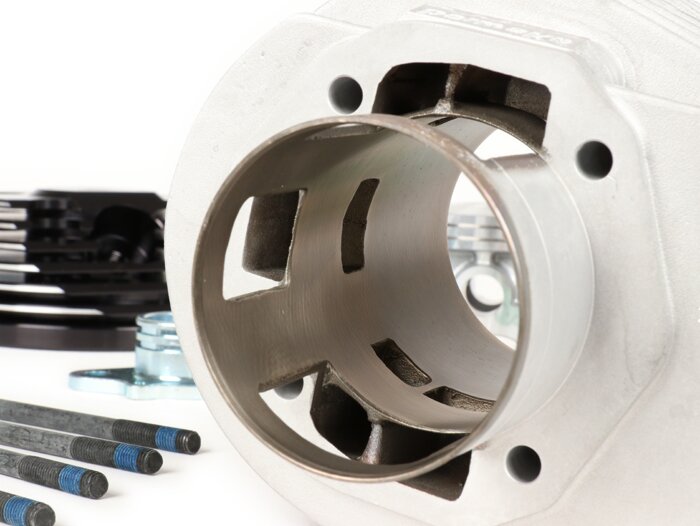PARMAKIT 121cc racing cylinder with diaphragm intake for Vespa 125, with A1 or B196 driving license
The Parmakit TSV66 series offers 195cc or 205cc, by far the largest displacement that can be realized on the Vespa PX 80, PX125, PX150 and the LML 125-150cc engines.
The cylinders require the crankshaft of the PX200 models.
This has
- the necessary longer connecting rod (110 mm instead of 105 mm)
- the correct piston pin diameter (16 mm instead of 15 mm)
- the correct stroke (57/60 mm instead of 48 mm for PX80)
The following work is necessary to accommodate the cylinder and crankshaft in the so-called small engine block:
ENGINE HOUSING
1
. Spindle out the cylinder base mount for the larger cylinder bore.
2. Turn out the width of the crankcase in order to be able to use the wider rotary valve cheek of the 200's
or alternatively
3. Conversion to intake control via diaphragm
Crankshaft
1.
As an alternative to step 2 of the motor housing machining, the shaft can also be turned narrower at the rotary valve face (turn off the web). In this case, however, the advantage of a wide rotary valve cut-out and the possible increase in performance is lost.
2. use of a crankshaft for diaphragm control. On LML engine cases with diaphragm intake control ex works, the use of a full cheek crankshaft is recommended. The intake offers sufficient surface area here. All other cases are better off using a so-called lip shaft, which already provides sufficient intake surface area thanks to its interrupted cheek profile, without the case having to be heavily reworked. The use of a full cheek shaft in a former rotary vane engine housing requires a fairly extensive reworking of the intake tract
. The Parmakit TSV66 is designed as a powerful touring cylinder. It therefore offers a lot of torque from the cellar with a very good bandwidth. This should be supported by a suitable exhaust system (e.g. BGM Big Box) and a carburettor cross-section that is not oversized (Ø24-30 mm).
TIP: If you want to get the maximum out of the cylinder, use the cylinder for 57 mm stroke on a crankshaft with 60 mm stroke. This allows the cylinder to be shimmed at the base, which massively increases the control angle and is therefore also suitable for sharper exhaust systems. A corresponding exhaust machining then takes care of the rest to get closer to a rear wheel output of 30 hp.

 DE | €
DE | €